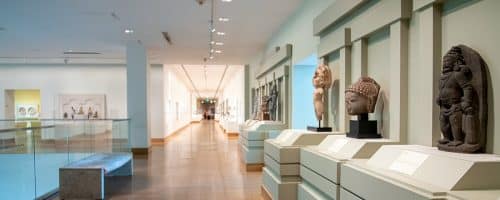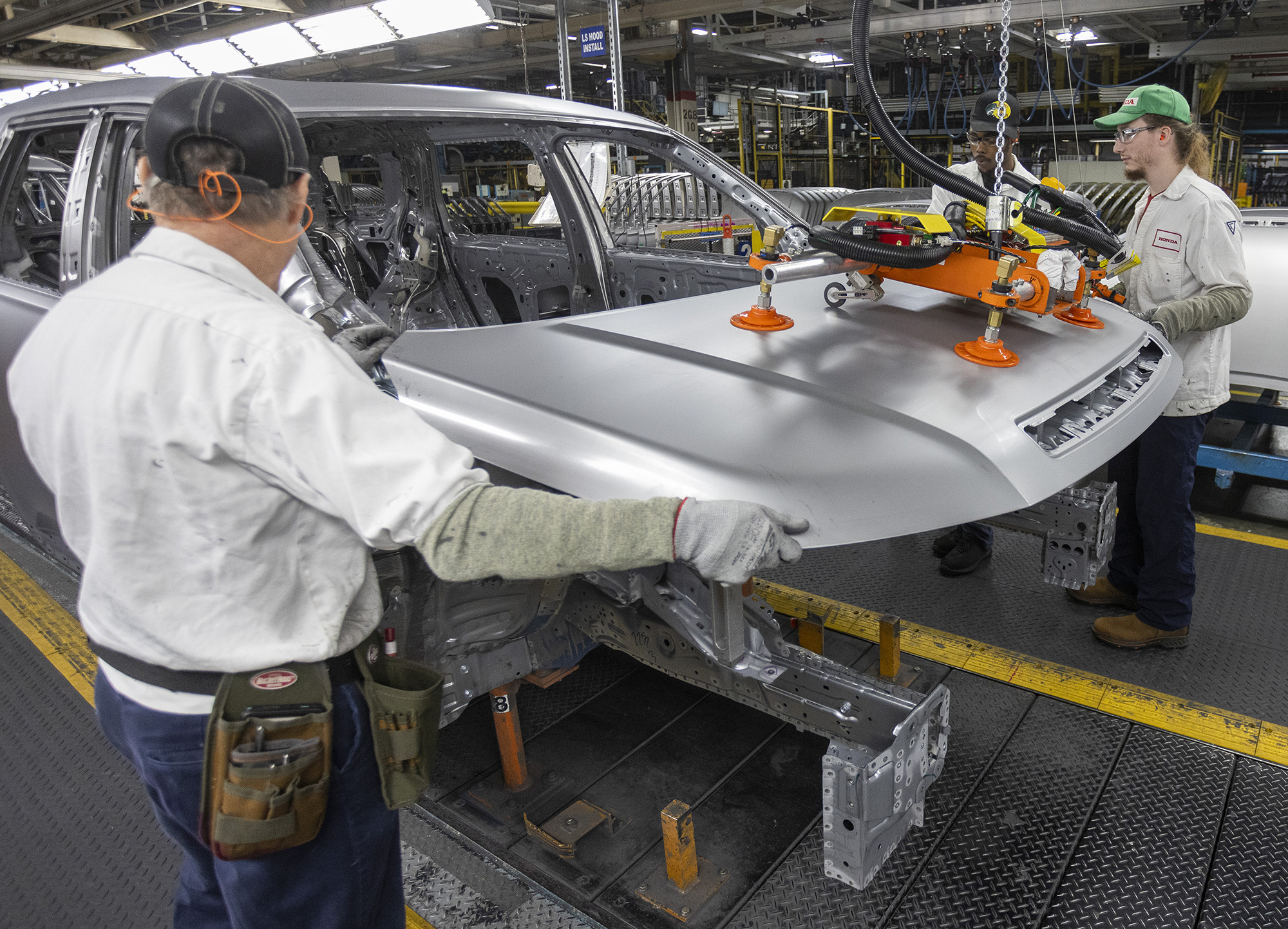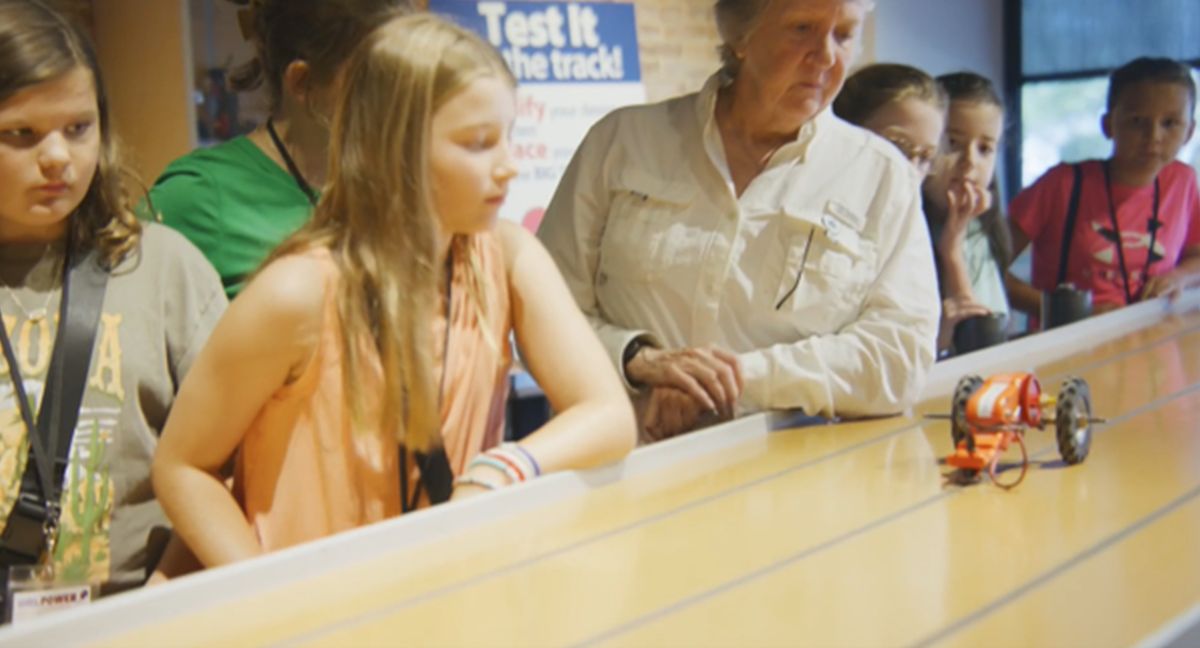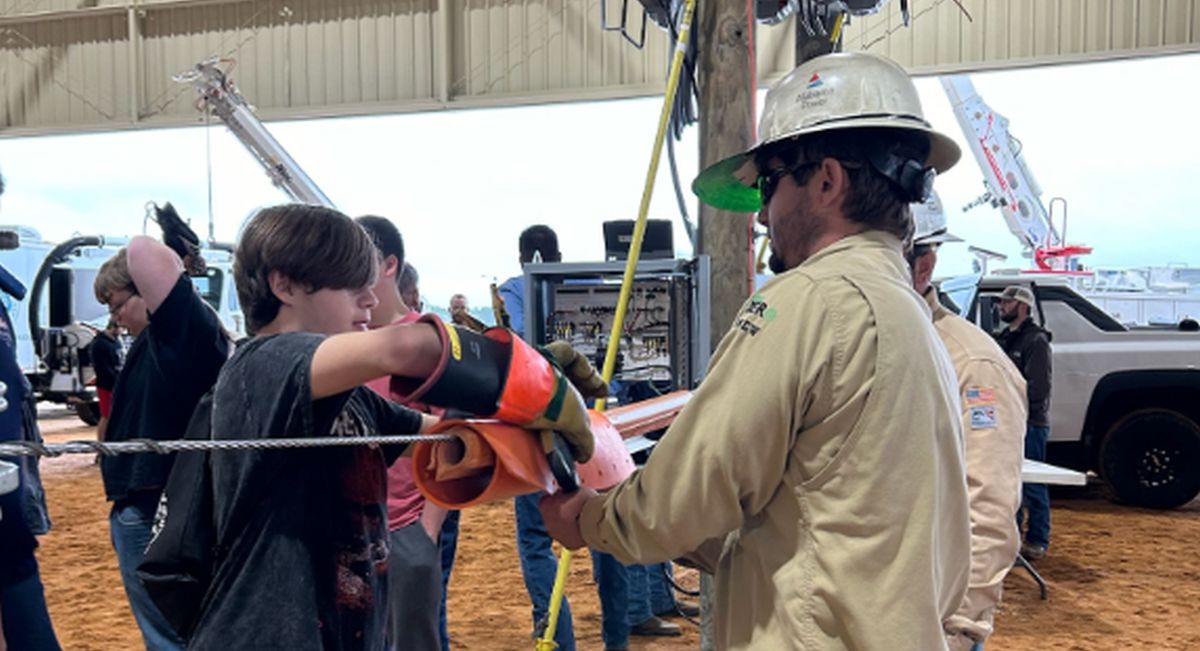Birmingham entrepreneurs work to Conserv collections

Birmingham entrepreneurs Austin Senseman and Nathan McMinn. (Dennis Washington, Alabama NewsCenter)
Inspired by a lifetime of museum visits and a desire to help family, Birmingham entrepreneurs Nathan McMinn and Austin Senseman created a business to help preservation professionals around the world care for their art and cultural collections. 
McMinn and Senseman founded Conserv in early 2019 and they hope to go far beyond their homegrown roots to reach the more than 450,000 collections worldwide.
“I come from a family of people who do this for a living,” said McMinn, whose mother is a conservator at the Birmingham Museum of Art. “When we set out to start a company, we both thought it was really important to serve a group of people we care about, so it’s easy to get up every morning and think about how you make these people’s lives better when they’re your family.
“We see out there in the world all kinds of collections, from museums to archives, libraries and galleries. There are people that are responsible for caring for the objects in those collections and we think that they deserve better tools,” McMinn said.
“We are the only conservation-focused software platform,” Senseman said. “Which is important because right now conservation professionals are doing a lot of work in spreadsheets, and back and forth in email, which is ‘good enough,’ but they are looking for solutions that they love and that’s what we’re building.”
For several months, Conserv has tested its software and equipment at museums around Birmingham, including the Birmingham Museum of Art, Barber Motorsports Park and Museum, McWane Science Center and the Birmingham Botanical Gardens Archives and Library.
“As part of the process of preserving the artifacts, records, photographs and artwork, conservation professionals need to monitor environmental risks, such as the temperature, humidity and lighting of storage and exhibit spaces,” said Jun Ebersole, director of Collections at McWane Science Center.
“It’s been a great opportunity to work with Conserv,” Ebersole said. “Their company and products are taking preservation work to a new level of care and technology, that is both exciting and something that the profession has needed.”
To move beyond traditional conservation monitoring, Conserv has included vibration and air quality measurements within its sensors. In addition, Conserv replaces the wireless, battery-operated sensors every 30 months to recalibrate and update them to include the most up-to-date hardware.
“We don’t try to guess about what our customers want,” Senseman said. “We have them use our products, we have them give us feedback, and we build toward the things conservators care about.”
On July 31, Conserv launched Conservation Studio, a free platform where users can upload their environmental data to gain insights and trends that can help solve conservation challenges, such as the effects of seasonal weather changes or issues with exhibit lighting. Down the road, Conserv anticipates adding optional paid services to the platform that will enhance access and monitoring capabilities.
“Conservation Studio will always be free,” said Senseman, which is part of Conserv’s mission to help improve care for all collections, no matter their funding level.
For Senseman and McMinn, Birmingham has been a unique hub to build and promote Conserv. “The reality is we have everything we need here in Birmingham to start a company,” said Senseman. “It’s an inexpensive place to start, there’s money here, there’s talent here – really those are the ingredients.”
For McMinn, one of the things that he loves best about Birmingham is the accessibility of other accomplished start-ups. “There’s a lot of opportunity to learn what other people have done to be successful,” McMinn said. “Birmingham is a great place to start a company.”
Within the next few weeks, Conserv will launch its Smart Sensor environmental monitoring sensors. When combined with Conservation Studio, they seek to address many of the gaps in current environmental monitoring solutions by connecting the different pieces of information in one tracking system, to identify trends and predictive analytics.

Birmingham Museum of Art. (Dennis Washington, Alabama NewsCenter)
By actively engaging with the conservation community, McMinn and Senseman have developed a platform to manage the many diverse jobs that conservation professionals do, while alleviating some of the challenges of preserving shared cultural heritage.
“These collections tell, collectively, the story of humanity,” McMinn said. “These things are our history, and we think that they’re worth preserving so that future generations can see and learn from them.”
To learn more about Conserv, read its conservation-related blog or start using Conservation Studio, visit Conserv.io.








